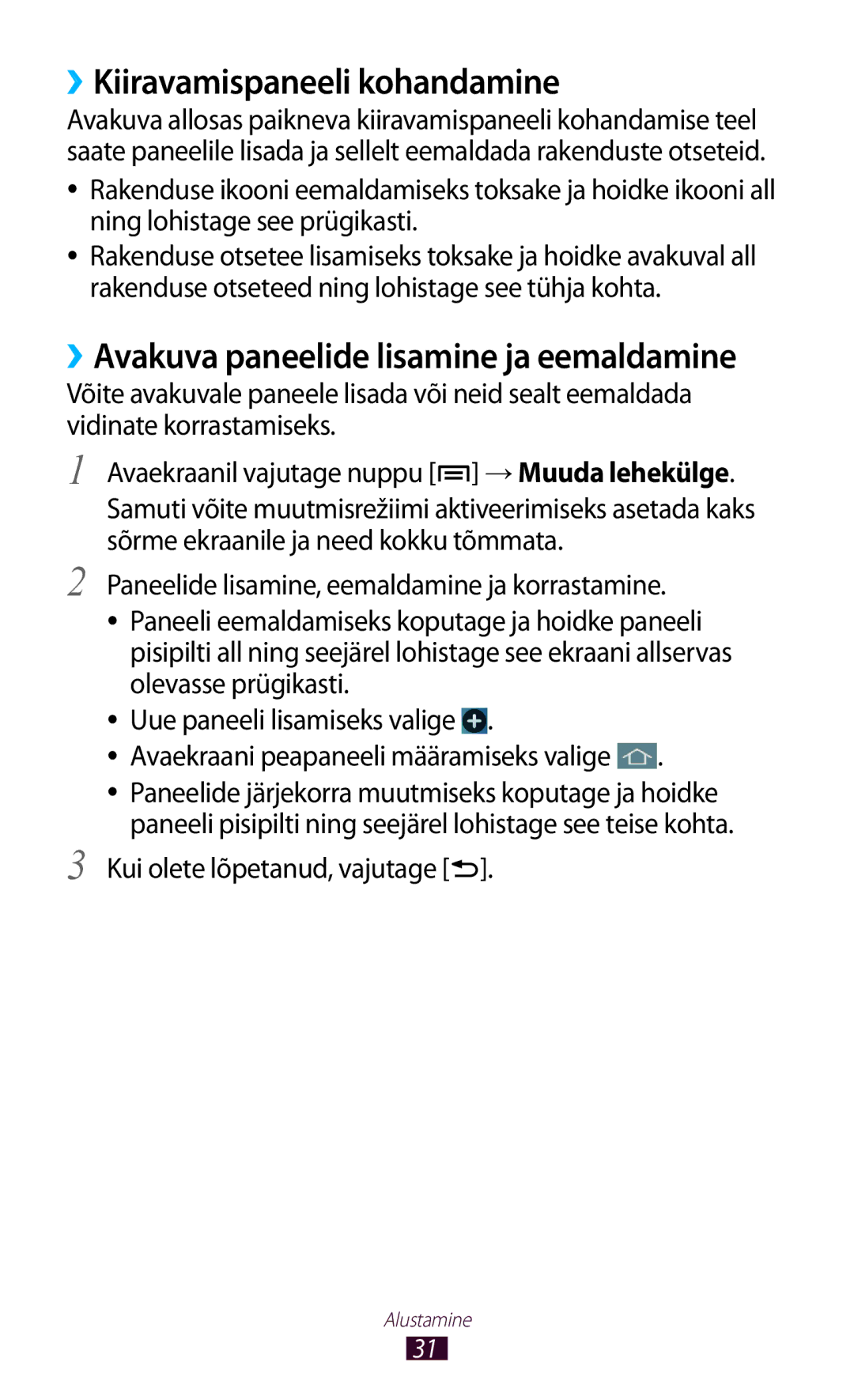GT-N7000RWASEB, GT-N7000ZBASEB specifications
The Samsung GT-N7000, commonly known as the Galaxy Note, was a groundbreaking smartphone that introduced several innovative features and technologies upon its release. It represented Samsung's entry into the phablet market, bridging the gap between smartphones and tablets with its larger display and enhanced functionality.One of the standout features of the GT-N7000 is its impressive 5.3-inch Super AMOLED display, which offered vibrant colors and deep contrast, making it ideal for multimedia consumption and productivity tasks alike. The resolution of 1280 x 800 pixels ensured that images and text appeared sharp and clear, enhancing the overall user experience.
The GT-N7000 was powered by a 1.4 GHz dual-core processor, coupled with 1 GB of RAM, which provided sufficient performance for multitasking and running demanding applications. With storage options of 16 GB and 32 GB, along with a microSD slot for expandable storage, users had plenty of space for apps, media, and documents.
One of the defining features of the Galaxy Note series was the inclusion of the S Pen stylus. The S Pen allowed for precise navigation, handwriting recognition, and sketching capabilities, appealing to creative professionals and note-takers alike. Samsung integrated various software tools that enhanced the usability of the S Pen, such as S Note for note-taking and screen capture.
The camera technology in the GT-N7000 included an 8-megapixel rear camera with autofocus and LED flash, ensuring that users could capture high-quality photos and videos. The front-facing 2-megapixel camera was suitable for video calls and selfies, catering to a range of social and communication needs.
In terms of connectivity, the GT-N7000 supported 3G networks, Wi-Fi, Bluetooth, and GPS, providing users with various options for staying connected on the go. It ran on Android 2.3 (Gingerbread) initially and later received updates to newer Android versions, which allowed users to access a growing library of apps and features.
The battery life of the GT-N7000 was also noteworthy, with a removable 2500 mAh battery that provided ample power for a full day of usage, even with heavy use of its multimedia features.
In summary, the Samsung GT-N7000 established the foundation for the Galaxy Note series, combining a larger display, an innovative stylus experience with the S Pen, and robust camera capabilities. It catered to a diverse range of users, from creative individuals to business professionals, making it a significant player in the evolution of mobile technology.

